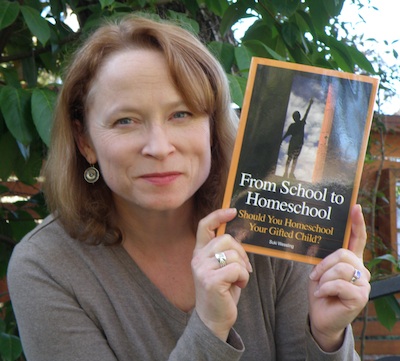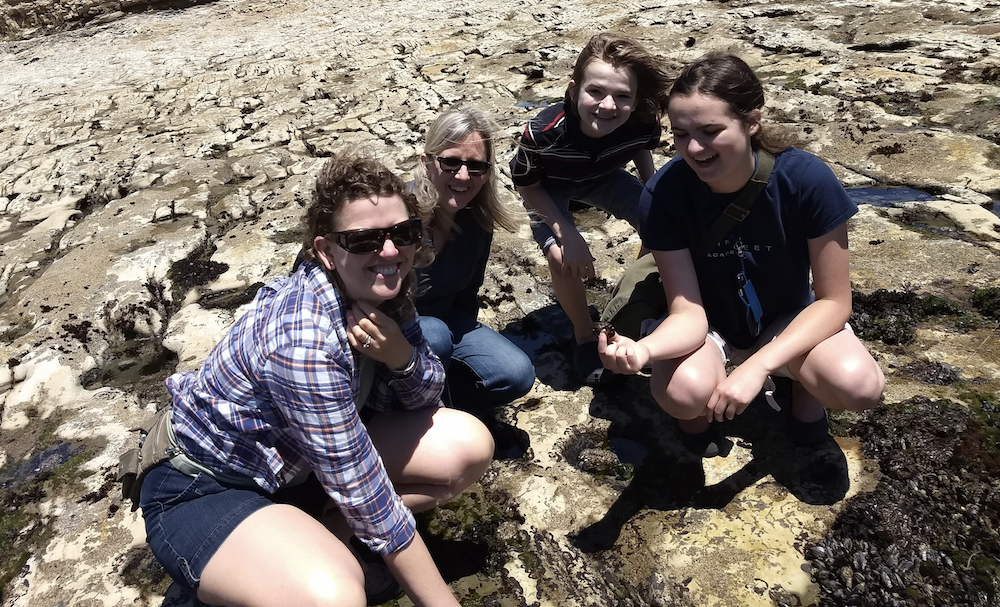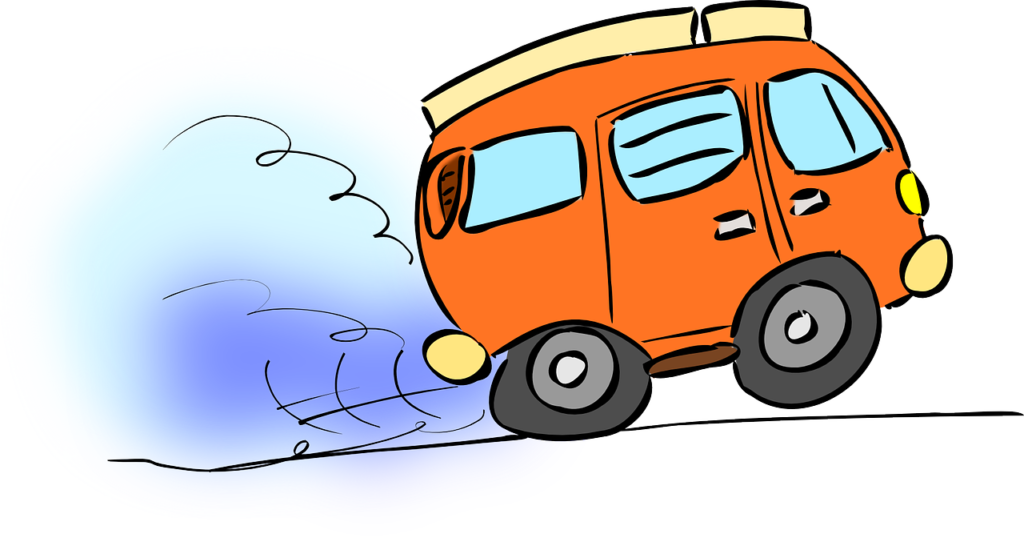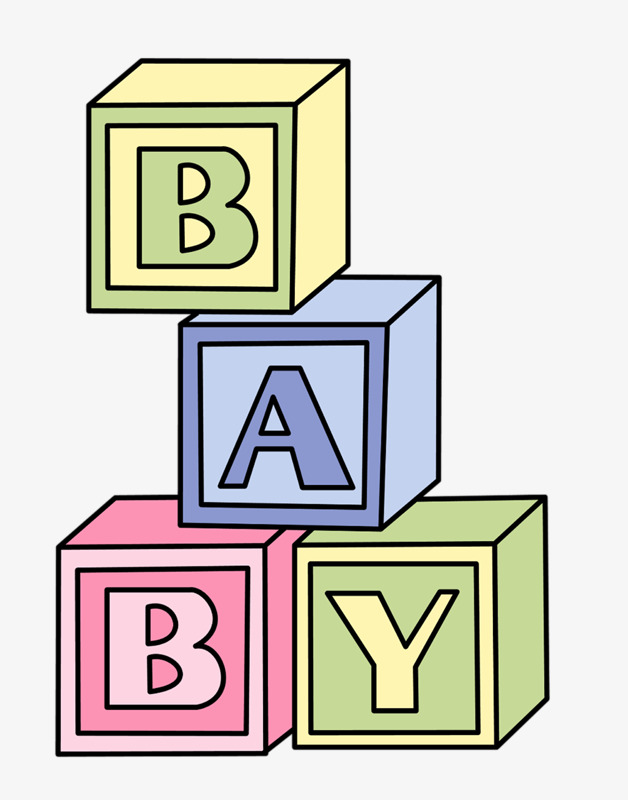The other day I explained that curriculum is the vehicle, not the destination. New homeschoolers often work themselves into exhaustion trying to find the perfect curriculum, and often end up disappointed.
Today I want to address the idea that curriculum isn’t even always necessary, especially in the early years.
Kids live to learn
Until someone tells them that learning is hard (remember Barbie’s message about math?), kids love learning. They love the search, the discovery, and the ownership. Watch a baby trying to figure out a new toy. Learning is play; play is joy.
You don’t have to be a “radical”
Without any intervention, we see joy in exploration and learning throughout the elementary years. So-called “radical” unschoolers, who never use curriculum, believe that children will learn if you put them in the right environment.
Most homeschoolers don’t have the commitment and focus to be truly successful “radical” unschoolers. At some point, we might need a math book or a Crash Course video to help us along. But all the homeschoolers I’ve known do have the ability to make it through many years without much in the way of formal curriculum.
Meet the reluctant unschooler

As I’ve explained in many past posts, I didn’t set out to be a homeschooler, and I certainly didn’t mean to be an unschooler. In fact, when I first started homeschooling, I remember asking another homeschooling mom to explain it to me. It just seemed preposterous!
But all of us have to teach the child we are given, and I was given a child who had a rough relationship with pencil and paper in the early years. Give him a math worksheet and there would be scribbling, paper ripping, and all-out tantruming. But “swing math“? He learned his multiplication tables in a week.
Until he started school in sixth grade, my son did very little seatwork. Each month, if we didn’t have “samples” from our daily lives to serve as documentation of learning for our public school homeschool program, we would produce some. But otherwise, life was our textbook; the world was our curriculum.
Repetition is built into the system
Think you can’t possibly cover everything the elementary school standard curriculum covers? Think again. Public school curriculum works the way a painter does. It’s not just one brush stroke over one section of wall. Each year builds on the last, often moving over the same material multiple times.
In public school, this makes sense. They are educating millions. But you’re educating a limited number of kids, and you simply don’t have to work that hard.
Don’t worry about learning “gaps”
I will write about this in more depth later. However, the fear that your child will have gaps in their learning is unfounded. All adults have gaps in their learning. For example, my husband switched schools and missed out on learning cursive. He’s a successful, well-employed adult. I grew up in the Midwest and missed out on curriculum on California missions. I filled in this gap as an adult with no problem.
When your kids are young, the world really is your classroom

- Go for walks
- Make friends with interesting people
- Ask questions at stores
- Visit the world on Google Earth
- Visit the world around you on your bike or in your car
- Go to museums
- Ask people to explain their jobs
- Get kits to build gadgets
- Invest in open-ended toys like Snap Circuits
- Take part in your science fair
- Volunteer in your community
- Take advantage of the knowledge available in your faith community
- Find relatives or neighbors to show your children how to do things
- Explore
- Ask questions
- Find answers
- Learn
- Learn
- Learn






